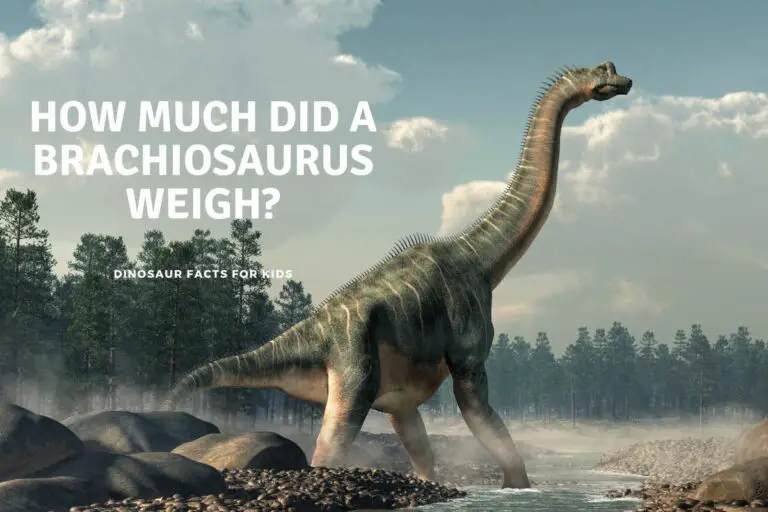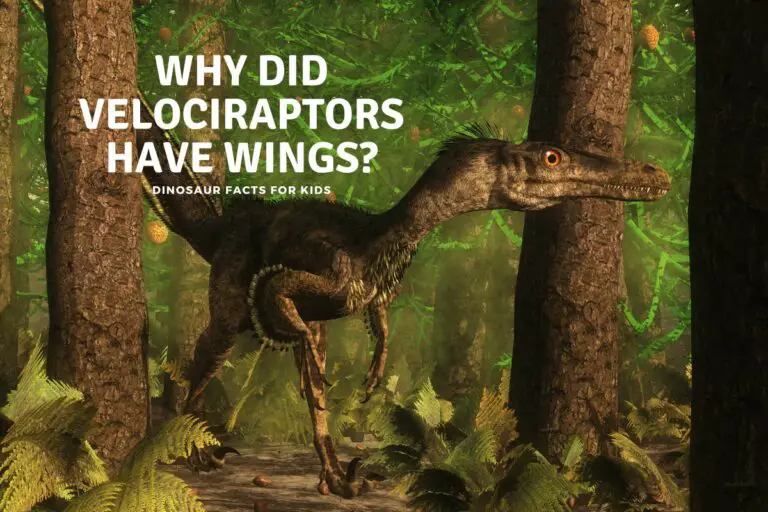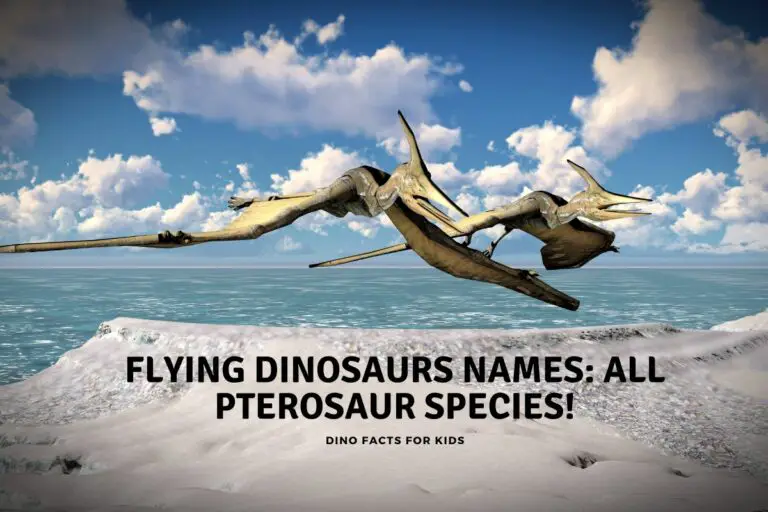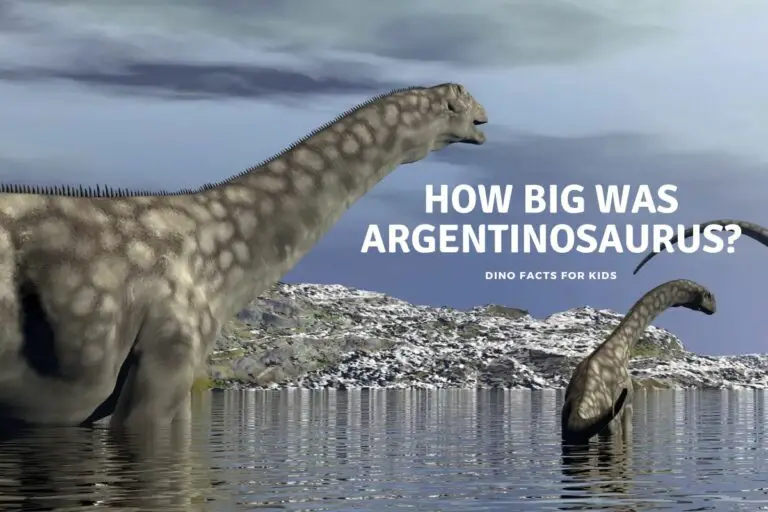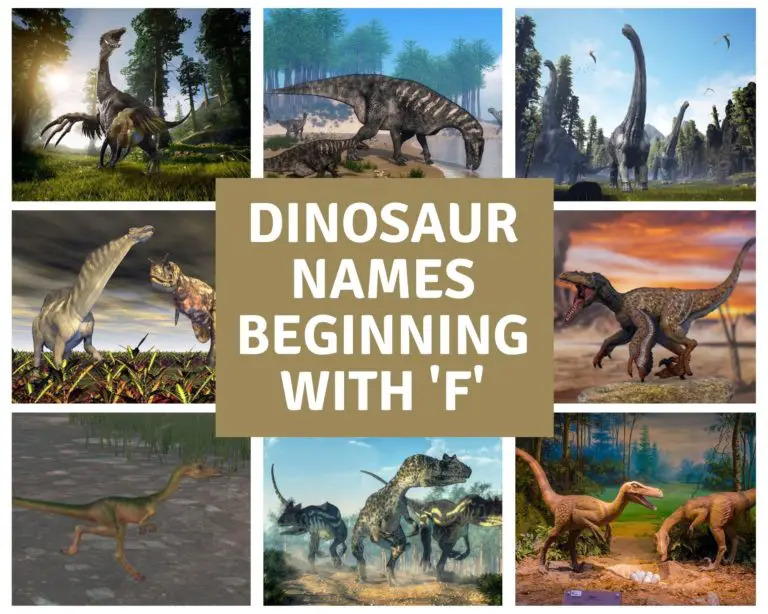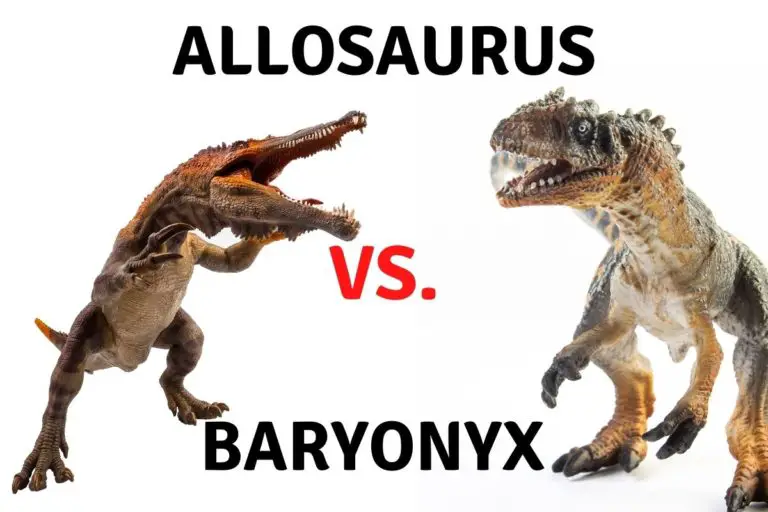Did All Dinosaurs Die at The Same Time?
If you were to ask someone about the extinction of dinosaurs, they would probably point to their existence coming to an end when an asteroid struck Earth some 66 million years ago. However, is it really true that all of the Earth’s dinosaurs perished at the same time from this asteroid, did some survive the blast and the after effects or as some scientists suggest were dinosaurs already on a path to extinction
In total, about 75% of all dinosaur species went extinct following an asteroid colliding with the Earth. These extinctions did not all occur instantly. Some died in the climate catastrophe caused by the effects of the collision, and some dinosaurs survived and have living descendants on earth today.
Dinosaurs have a complex history and they died out over millions of years, those that survived evolved to become birds. Continue reading to find out about how dinosaurs went extinct and what animals we see everyday that come directly from dinosaurs.
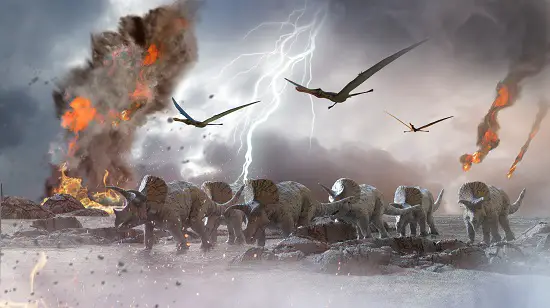
Did all the Dinosaurs die at the same time
When the Chitiulub asteroid hit the earth 66 million years ago it certainly was a bad day for dinosaurs, but it wasn’t necessarily the day that was the worst of it all. The days, months and years following it were the real threat.
We take a look at what happened when and after the asteroid hit in the below table.
| Timescale of Impact | Consequences |
| 5 seconds before | The asteroid rips into Earth’s Atmosphere and sends a shock wave around the world. it could be heard on the other side of the planet. |
| Moment of impact | The moment of impact causes an explosion so large that it created a crater 12 miles deep and 93 miles wide that is still visible today. Air blasts destroy forests, and fires breakout. Anything with about 1000 miles would be dead at the moment of impact or soon after. |
| 2-20 mins after impact | Wildfires break out up to 1-1500 miles away from the impact causing massive destruction and death. Earthquakes shake the planet and tsunamis hundreds of metres high hit coasts around the planet. |
| 1-10 hours after impact | Fires continue to rage and some larger rocks start to fall back to Earth causing fires all over the world. Waters recede but leave nothing alive in their wake. |
| 1 month after impact | 375 billion tons of ash and dust have entered the atmosphere and blocks out the sun, causing phytoplankton and plants to shut down photosynthesis. This results in many plant species dying and animals, especially those with large dietary needs to die as well, both herbivore and carnivores. |
| 6 -12 months after impact | Almost all life over 50-60 lbs would have likely died, or be close to extinction, however some seeds, especially hardy ferns would have survived and started the germination process again, although not in numbers to save large animals, enough to keep the remaining 25% of smaller animals alive. |
| 10-20 years after impact | The skies have either cleared, or cleared enough to start to sustain greater numbers of animals and the process starts again. |
So while the larger dinosaurs would have likely been extinct and died in the months, or years following the impact, it was not instantaneous, at least for those far enough away.
While some would have survived those first few days, to survive longer than that it was size that mattered, and in this case the less the better.
Did Any Dinosaurs Survive?
In general, the numerous hazards that followed the impact of the asteroid led to massive extinction. Despite all of the dangers that were present, this massive extinction event had a few survivors.
- Amphibians such as lizards
- Some plant life
- Some Mammals
- A group of dinosaur species
Namely, the only dinosaur species that survived were various birds. These same birds are ancestors of all bird species on Earth today. You read that right. Birds are technically considered dinosaurs.
Now, birds aren’t exactly what you think when you think of dinosaurs. Most people think about T-Rexes or Rhinoceratops. Yet, these species inhabited open-land. When the asteroid struck Earth, there were no places for them to hide from the harsh consequences of the asteroid collision. Birds, on the other hand, had a multitude of different areas in which to protect themselves and survive the asteroid collision.
Fast Forward to today, and every single species of bird on Earth is a descendant of these surviving dinosaurs. It is to the fortune of all bird watchers today that these lucky species survived and that all the dinosaurs died off at the same time. .
The Asteroid Killed Most Dinosaurs
With such a huge impact, it is hard to imagine that any dinosaurs could survive. Here are some of the dangers that the Earth’s dinosaurs had to endure during this massive extinction event:
- The initial explosion from the asteroid impact
- The pieces of Earthly debris that rained back down after impact
- Massive earthquakes and tsunamis
- A dust cloud that covered the Earth
These hazards are what lead to such a large amount of the Earth’s species at the time to perish. Those who were far away from the first impact could not avoid all of the various aftermath damages that occurred.
After the asteroid struck the Earth, it created an explosion that eviscerated any nearby life, including dinosaurs. It is no surprise that an impact by such a large object would cause a massive area of damage.
After the asteroid hit, debris from the Earth and the asteroid launched into the air. As we know, what goes up must come down. This debris rained down onto the Earth’s surface and put the surviving dinosaurs into a deadly shooting range.
The impact also led to massive geological disruptions. Said disruptions resulted in an earthquake of which the magnitude was unmatched by any earthquake since. This, combined with tsunamis with waves that reached hundreds up meters, proved deadly for many terrestrial species that could not avoid it.
The asteroid caused an enormous displacement of small debris and gasses from the bottom hit site that moved into the air. The debris and gasses formed a cloud cover that spanned the entire globe. This not only cooled the Earth’s surface temperature significantly, but also killed many dinosaur species that survived the initial impact and aftermath dangers. This is because they were breathing in debris and toxic gases.

Dinosaurs Were Going Extinct Already
With the asteroid creating such a large-scale extinction event, it is not known by many that numerous dinosaurs species were in the midst of a slow extinction process before the asteroid. Of course, the asteroid quickly sped that process up. Still, there were several factors that had been causing this slow extinction process.
- The cooling of the climate
- A decline in herbivore populations
- A lacking in evolutionary adaptations to their environment
Before the massive extinction of dinosaurs 66 million year ago, the Earth had been continually cooling for millions of years. This cooling has been estimated to range between -7.0 and -10.0 degrees depending on the particular latitude of the area.
Such a large change in temperature had major effects on dinosaur species and lead to the extinction of many of them. This temperature change was bolstered by the fact that dinosaurs were mesotherms. This means that they were able to keep their blood warmer than their surroundings, but they could not keep their blood at a constant temperature (like humans).
In addition to temperature changes, the amount of herbivores in the population was also declining at a higher rate than carnivores. This meant that carnivores began to suffer. If there is less total food supply for carnivores to share, then competition for resources is higher and more carnivore species would begin to die off. This is what happened with carnivorous dinosaurs.
As the Earth was cooling, the environment in which dinosaurs lived was continually changing. This process was slow, occurring over millions of years. Dinosaurs were not able to evolve to the changing temperatures, and thus continued to suffer and eventually die off as the Earth got cooler.
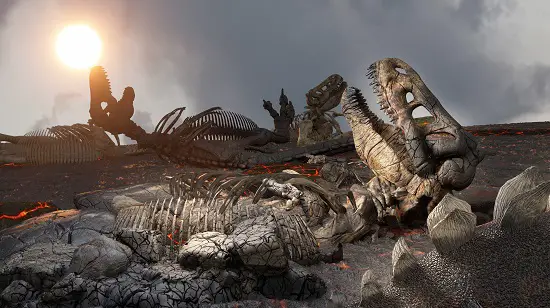
Dinosaurs Went Extinct Over Millions of Years
The true answer to when the dinosaurs finally died out is complicated. The most damaging event was the collision of an asteroid that killed a majority of dinosaurs. Still, this does not tell the full story. Dinosaurs were already slowly on their way out the door. The changes in their environment meant that living as a dinosaur was becoming less viable and many dinosaurs were already going extinct.
Conclusion
Although it is likely the majority of large dinosaurs died out in the months or years following the impact, smaller dinosaurs would have taken million of years to either go extinct or evolve into new species after the asteroid 66 million years ago.
Not only that, not all dinosaur species died, about 75% of life extinct and pretty much 100% of any life form over 25 lbs died, but some dinosaur species are still not extinct even to this day.
So, next time you look outside and see a canary or a bluejay, remember that dinosaurs still walk, or fly, among us now.
References
- https://www.nhm.ac.uk/discover/how-an-asteroid-caused-extinction-of-dinosaurs
- https://www.newscientist.com/lastword/mg24432511-200-end-of-an-era-how-long-did-it-take-the-dinosaurs-to-die-out/
- https://www.usgs.gov/faqs/did-people-and-dinosaurs-live-same-time
- https://www.history.com/topics/pre-history/why-did-the-dinosaurs-die-out-1
- https://www.businessinsider.com/timeline-consequences-of-dinosaur-killing-asteroid-2019-9
Hi, I am Roy Ford a General Studies and English Teacher who has taught all over the world. What started as a fossil collection became a great way to teach, motivate and inspire students of all ages and all over the world about dinosaurs and from that and children’s love of dinosaurs came the site dinosaur facts for kids, a resource for all ages.

